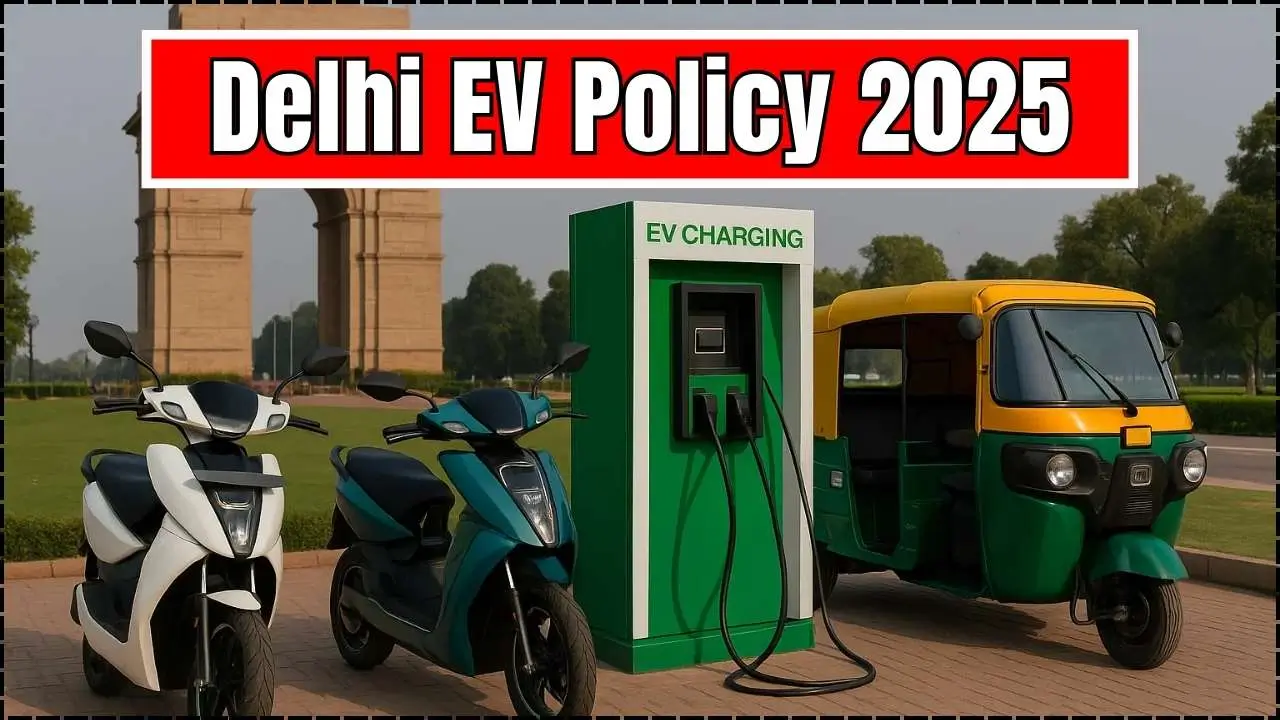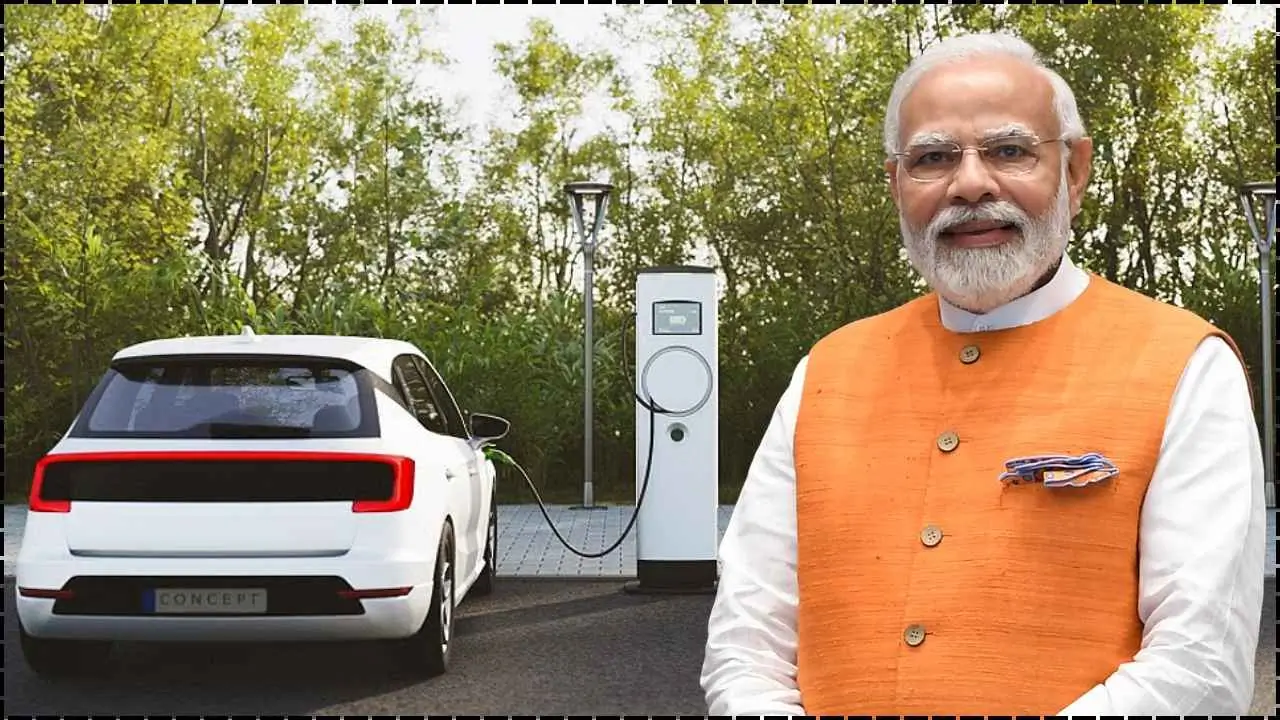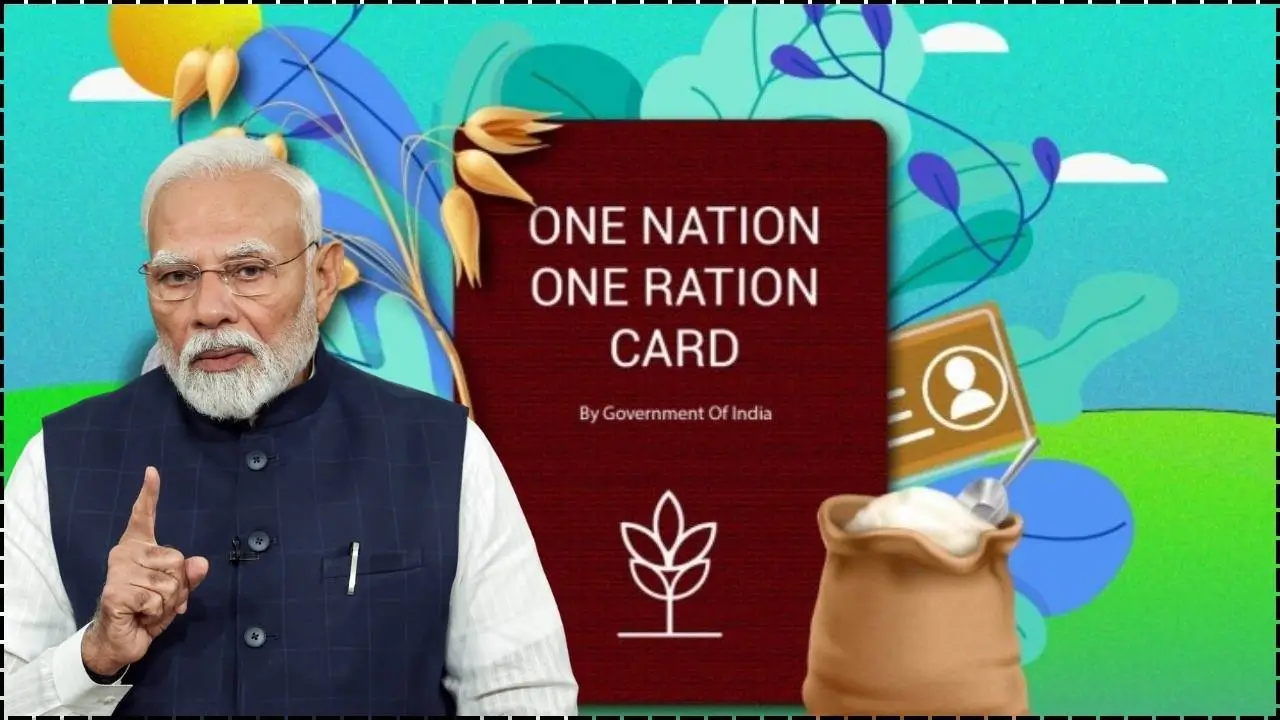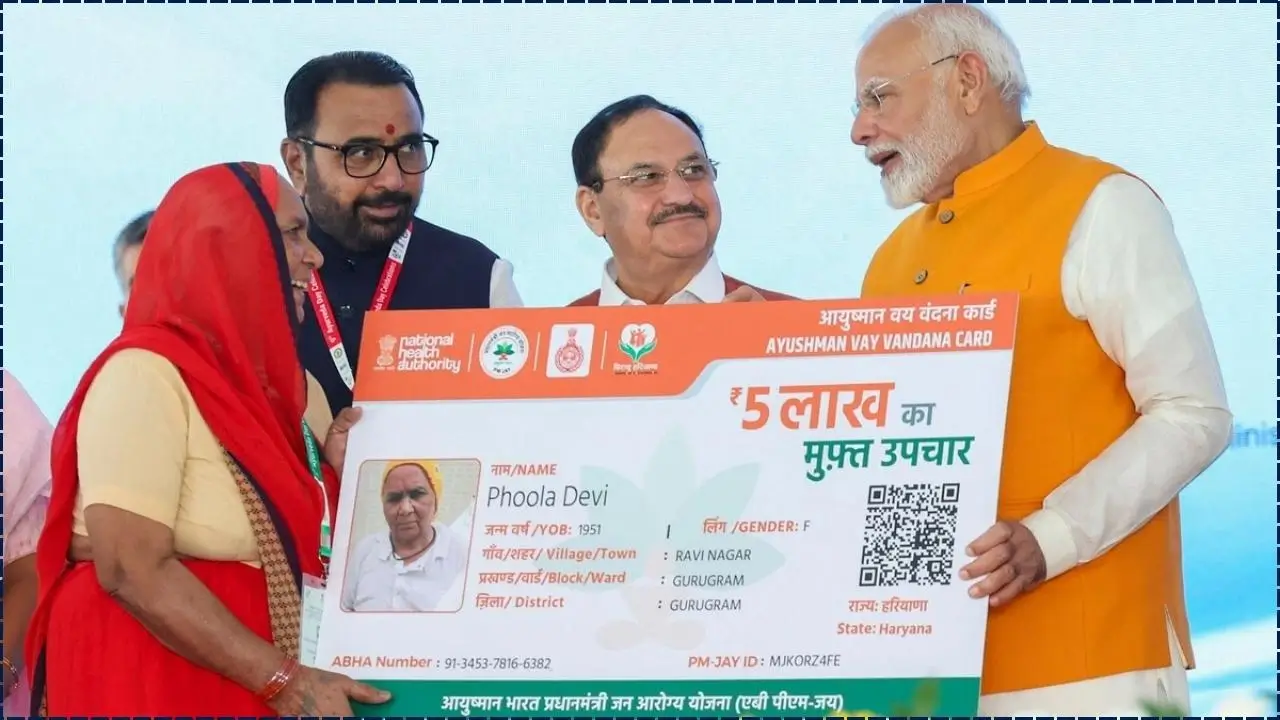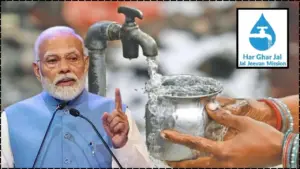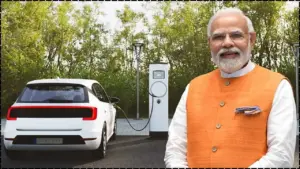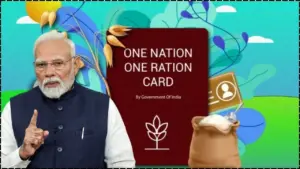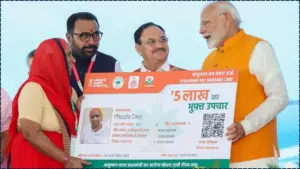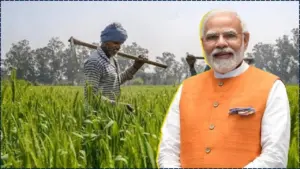Launched on August 15, 2019, the Jal Jeevan Mission (JJM) is a pivotal initiative by the Government of India aimed at providing tap water connections to every rural household across the country. With the goal of ensuring safe drinking water and improving sanitation, JJM is designed to address the water scarcity and quality issues faced by millions of rural residents. While the mission initially aimed to provide tap water to all rural households by 2024, it has now extended its target to 2028, due to the scale and complexity of the project.
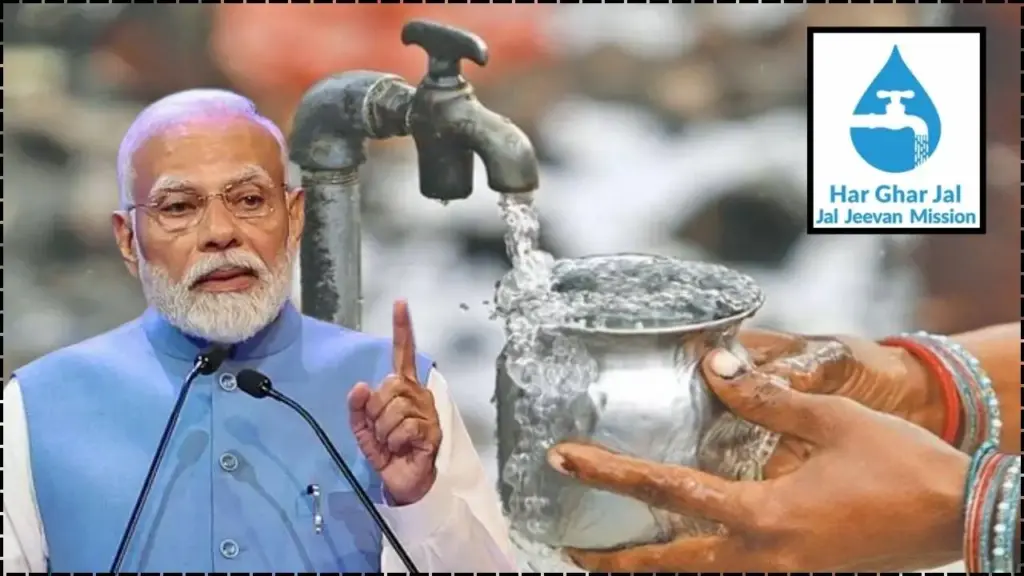
The Jal Jeevan Mission has made significant progress in ensuring that clean drinking water reaches rural India. However, full implementation will take time, with an expected completion date of 2028. The mission’s impact on health, economic empowerment, and gender equality has already been profound, and once completed, it will mark a major achievement in India’s development story.
Key Milestones and Progress
As of August 2025, the Jal Jeevan Mission has achieved significant progress:
- Coverage: Approximately 15.69 crore (81%) of rural households have been provided with tap water connections, up from about 3.23 crore households in 2019.
- Villages with Full Coverage: Over 2.63 lakh villages have achieved 100% tap water coverage, bringing clean water to every household in those areas.
- District and Panchayat Certification: More than 189 districts and over 1.18 lakh panchayats have achieved full coverage under the mission, with certifications awarded to 108 districts and 79,402 panchayats.
These numbers are indicative of the massive scale of the project, but there is still work to be done, particularly in remote and underserved areas.
The Extended Timeline and Challenges
Initially, the target year for providing tap water to every rural household was 2024. However, due to challenges such as geographical barriers, lack of infrastructure, and the need for extensive capacity building in rural areas, the government has extended the deadline to 2028.
Several factors contribute to this delay:
- Infrastructure Gaps: While major urban areas have robust water systems, rural areas often lack the basic infrastructure needed for the distribution of clean water. Building water treatment plants, laying pipelines, and setting up storage systems is a time-consuming and resource-intensive process.
- Geographical and Climatic Challenges: Some regions, particularly in the hilly areas of Uttarakhand and Himachal Pradesh, face logistical challenges in bringing water to remote villages.
- Funding and Resource Allocation: Although substantial funding has been allocated, the scale of the task requires continuous financial support, especially in the context of other competing national priorities.
Regional Disparities in Access
Despite significant progress, some regions still lag behind in providing tap water to every household:
- Jharkhand: In Ranchi, only 59.44% of rural households have access to tap water as of March 2025. Challenges like water scarcity and the lack of treatment facilities hinder faster progress in such areas.
- Maharashtra: While Maharashtra has made progress, many rural parts of the state, especially in Marathwada, still face challenges in providing consistent and safe water supply.
Impact on Rural Communities
The Jal Jeevan Mission is having a transformative effect on rural communities:
- Health Benefits: Access to clean drinking water has led to a significant decrease in waterborne diseases such as diarrhea and cholera, which have long plagued rural populations.
- Time Savings: With tap water directly available at home, households—particularly women—save hours of manual labor that would otherwise be spent fetching water from distant sources.
- Economic Empowerment: The availability of clean water supports local agriculture, helps small businesses thrive, and gives rural women more time to engage in income-generating activities.
These positive outcomes demonstrate the far-reaching impact of providing tap water to every household.
The Role of Technology in the Mission
The use of technology and data has played a key role in the mission’s implementation:
- Real-time Monitoring: A dashboard created by the Ministry of Jal Shakti tracks the progress of the mission, showing real-time data on how many households and villages have received tap water.
- Smart Water Management: The adoption of IoT-based sensors and AI-powered systems in water treatment and distribution ensures better monitoring and management of water resources.
Related Links
Digital India Push: Govt’s Big Plan to Boost Rural Internet Access
New Education Policy 2025: What Changes for Students and Exams?
Register for PM Kisan Samman Nidhi 2025 in Bihar: Check How to Apply
What’s Next for the Jal Jeevan Mission?
As the 2028 deadline approaches, the government continues to focus on the following priorities:
- Expanding Access in Remote Areas: Special attention is being given to the hilly terrains and tribal regions, where access to drinking water remains a challenge.
- Strengthening the Water Supply System: Investments are being made in improving water quality and supply chain systems to ensure that the water provided is not only accessible but safe for consumption.
- Sustainability: The mission aims to make water resources more sustainable by encouraging rainwater harvesting and better groundwater management practices.
FAQ About Jal Jeevan Mission
Q: When will every village get tap water under the Jal Jeevan Mission?
A: The mission aims to provide tap water to every rural household by 2028, with substantial progress already made.
Q: How many villages have received 100% tap water coverage?
A: As of August 2025, over 2.63 lakh villages have achieved 100% tap water coverage.
Q: Why has the timeline been extended to 2028?
A: Challenges such as infrastructure development, geographical barriers, and resource allocation have led to the extension of the deadline.
Q: How is the Jal Jeevan Mission benefiting rural communities?
A: The mission has led to better health, time savings, and economic opportunities for rural families by providing clean and reliable water sources.

